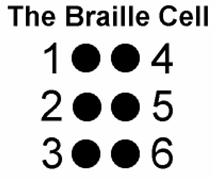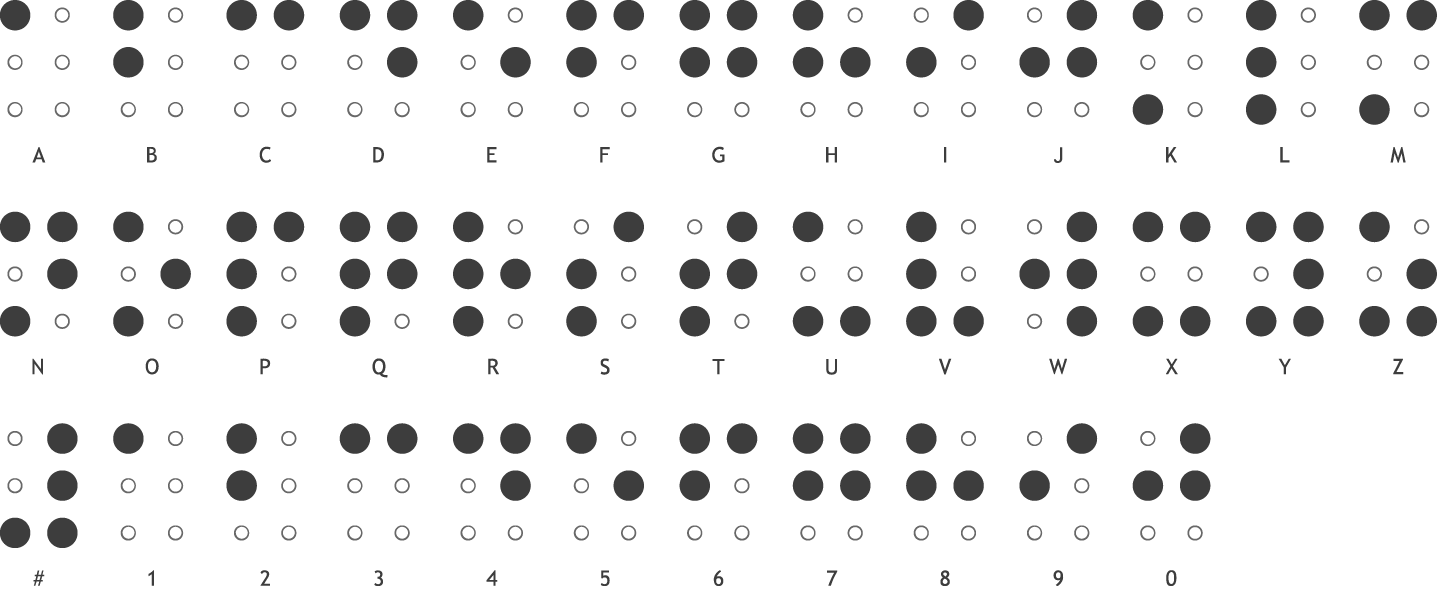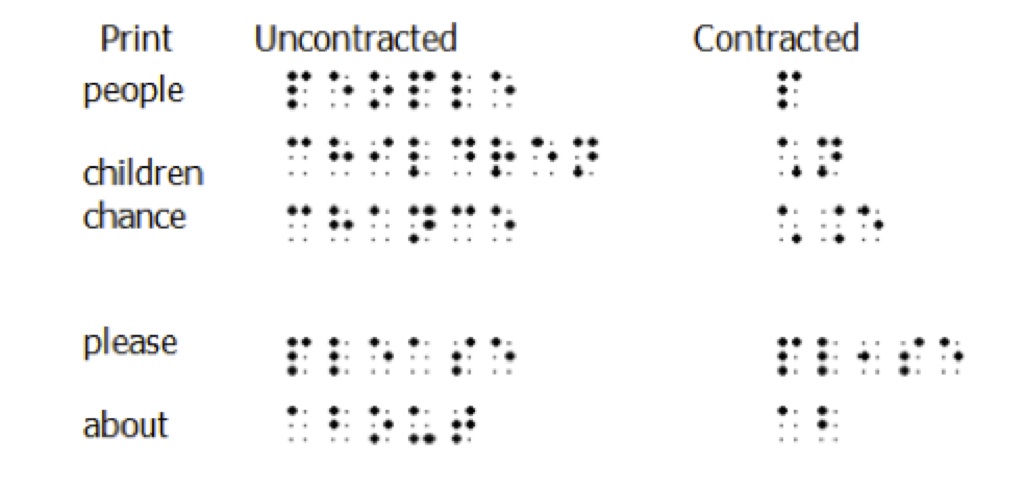Braille is a system of raised dots that people who are blind can read with their fingers. It’s a key to literacy, education, employment and success in life.
The invention of braille

As a blind student, Louis Braille (1809-1852) was frustrated with the bulky raised-letter alphabet systems of his day. He experimented with tactile codes after learning about a raised-dot system used by the French army to communicate at night, publishing the first six-dot cell system that bears his name in 1829.
Braille 101
The basis of the braille system is the braille cell. A full braille cell is comprised of six dots, arranged in two parallel rows of three dots. The dot positions are identified by numbers one through six.

Each dot, or combination of dots, represents a letter of the alphabet, a number, or punctuation mark. Together, they can be used to express words, sentences, equations, musical notation and more.

Around the world, there are various standards governing how different languages and concepts are expressed in braille. In most of the English-speaking world, including Canada, the code we use is called Unified English Braille (UEB).
Within UEB, there are two types of braille:
- Uncontracted: Where every letter in a word is expressed in braille, also called Grade 1 or elementary” braille.
- Contracted: A shorthand version of braille that saves space and allows for faster reading and writing, also called Grade 2 braille.

Reading and writing braille
Just like regular print, there are high and low-tech ways to read and write braille:
- Manual tools like a slate and stylus, or braille typewriter, can be used to emboss braille onto special paper.
- Software programs and portable electronic braille devices let people save and edit writing, access documents in audio or tactile formats and produce them in hard copy using an embosser.
Learn braille
The CNIB Foundation is a braille leader in Canada and around the world. Either expert or new user, we offer courses, conferences and resources. Find out more about our braille literacy programs.
